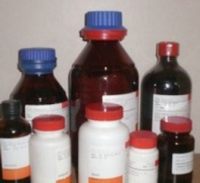Advantages and Disadvantages of Carrier Ampholyte IEF
互联网
互联网
相关产品推荐

SLC31A1/SLC31A1蛋白/Copper transporter 1 Short name: hCTR1 Solute carrier family 31 member 1蛋白/Recombinant Human High affinity copper uptake protein 1 (SLC31A1) (Active)重组蛋白
¥69

两性电解质Ampholyte型号
询价

STIP1/STIP1蛋白/Hsc70/Hsp90-organizing protein ;HopRenal carcinoma antigen NY-REN-11Transformation-sensitive protein IEF SSP 3521蛋白/Recombinant Human Stress-induced-phosphoprotein 1 (STIP1)重组蛋白
¥69
![acpS/acpS蛋白Recombinant S_t_a_phylococcus a_u_r_eus Holo-[acyl-carrier-protein] synthase (acpS)重组蛋白4'-phosphopantetheinyl transferase AcpS蛋白](https://img1.dxycdn.com/p/s14/2024/0914/416/2705133163069384381.jpg!wh200)
acpS/acpS蛋白Recombinant S_t_a_phylococcus a_u_r_eus Holo-[acyl-carrier-protein] synthase (acpS)重组蛋白4'-phosphopantetheinyl transferase AcpS蛋白
¥2328

Recombinant-Human-Solute-carrier-family-35-member-G4SLC35G4Solute carrier family 35 member G4 Alternative name(s): Acyl-malonyl-condensing enzyme 1-like protein 1
¥11788
相关问答

